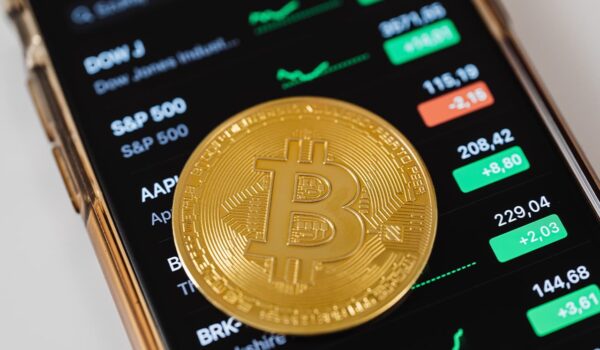The world’s first miner was the legendary Satoshi Nakamoto, the person (or group of people) who created Bitcoin.
At the time, an ordinary computer’s central processing unit (CPU) was used to mine the cryptocurrency. This, by design, was supposed to make Bitcoin truly decentralized, since PC CPUs are the most massive in the world. But there was also a vulnerability here – malware could force millions of users’ computers to mine for a single wallet.
Utilizing the power of the graphics processing unit (GPU) was first started by someone named ArtForz and Laszlo Hanech.
The latter is known as the first person who bought a real thing with bitcoins, namely, on May 22, 2010, he transferred 10 thousand BTC to another person for the delivery of two Papa John’s pizzas totaling $41. At today’s exchange rate, that’s over $191 million.
So, the first GPU mining farm went live on July 18, 2010. The use of video cards for cryptocurrency mining revolutionized.
CPU mining has gone by the wayside, although it is still available (e.g. Bitcoin Core, although it is almost useless to mine with it. – ed.).
The use of GPUs for mining also spurred the manufacturers, and a natural race began. In September 2010 a CUDA-based miner for nVidia cards was published, and in October – for ATI Radeon cards based on OpenCL.
Miners rushed to buy up video cards, and cryptocurrency mining began to enter the industry.
In 2012, the first ASIC projects began to appear. ASIC is a chip that performs strictly limited functions. It is not as flexible as a CPU or GPU, but it performs its function much faster, and therefore cheaper.
These guys were the originators of ASIC projects, they are probably the most famous ASIC revolutionaries in the crypto world:
Actually, Bitcoin is now being mined specifically on ASICs, and mining it on video cards is considered inefficient.
